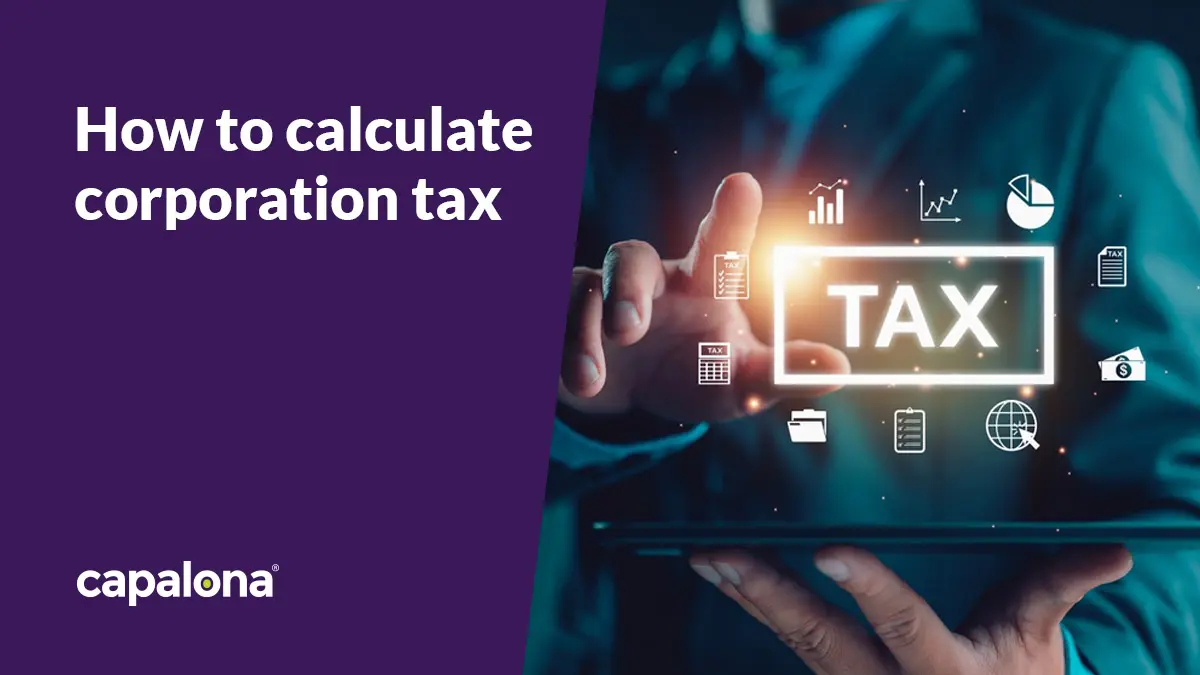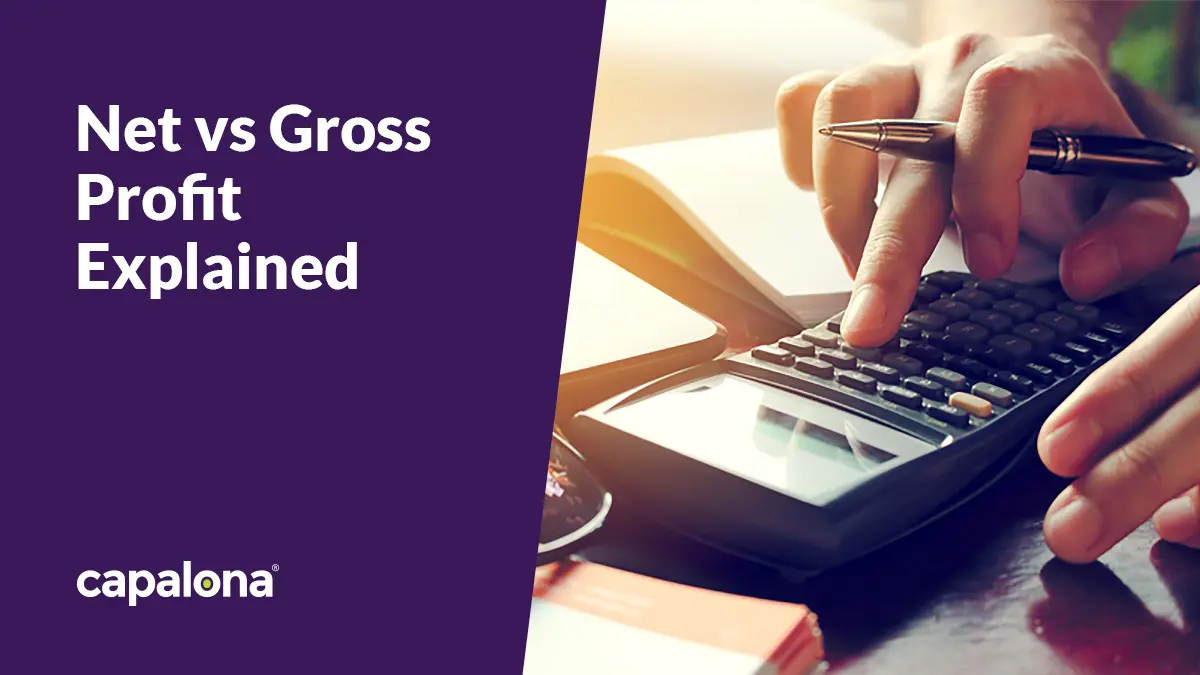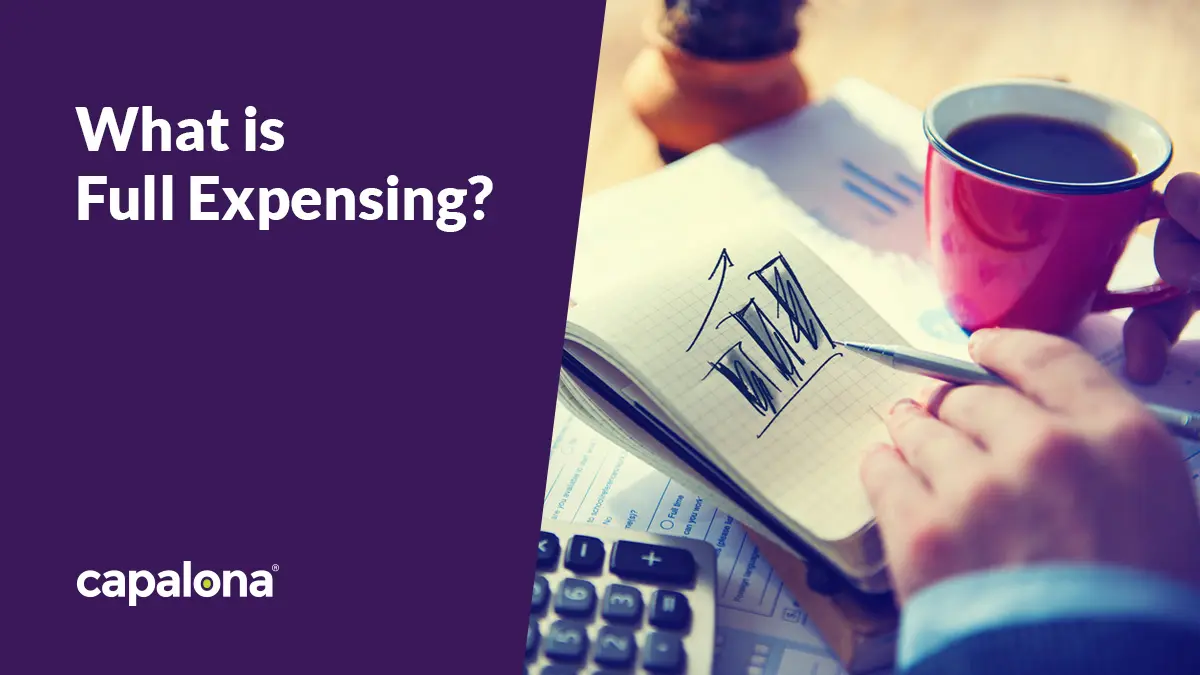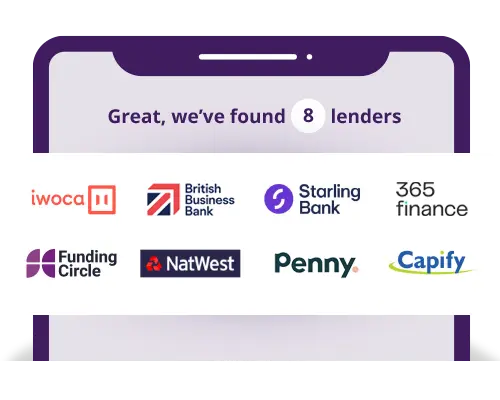As a limited company, you must pay corporation tax on all your profits, which can be a daunting prospect, particularly if you’ve never had to calculate it before or are new to managing your finances. So, if you’re wondering what it is and how it’s calculated, this blog is for you.
What is business corporation tax?
All profits in a limited company are subject to corporation tax, which is currently at a rate of 19% for profits up to £50,000 and 25% for profits over £250,000. “Profits” refer to any money made from services or product sales (trading), asset sales and investments, less business expenses, like salaries, raw materials and insurance.
How to Calculate Corporate Tax for a Limited Company
To calculate your corporation tax, you need some accounting skills. It’s completely doable for a business owner to learn these skills themselves, but you might find that enlisting the help of a professional accountant will help you take advantage of relevant business tax reliefs to reduce your corporation tax bill as much as possible.
Step one: Calculate your income
If you’re using invoice software like QuickBooks, you can easily find this data and generate a profit and loss report, also known as an income statement. Remember to include all income, including interest from your bank account and other investments.
Step two: Deduct company expenses and overheads
To calculate the profit your company has made over the year, you’ll need to deduct all allowable company expenses and overheads. You can deduct costs incurred for things like office furniture and supplies, raw materials or stock, costs associated with your business premises, advertising and marketing expenses and more.
Step three: Calculate depreciation and capital allowances
Certain types of capital expenditure (money spent on fixed assets i.e. furniture and plant equipment) qualify for tax relief called capital allowances. There are many different types of capital allowances, including the Annual Investment Allowance (AIA), Structures and Building Allowance, Full Expensing, and Writing Down Allowances.
Which capital allowances you can claim for will depend on the type of capital expenditure i.e. the type of asset you’re claiming for, your business structure and when you purchased the asset.
If you’re claiming capital allowances, then working out depreciation isn’t necessary for tax purposes. But it’s good practice to calculate the depreciation of assets as it gives you a more accurate financial picture of business performance.
Calculating the depreciation of assets:
Let’s say you purchase a laptop for £2,500, it’s expected useful life is five years and it has a salvage value (scrap value) of £500.
Annual depreciation = Cost of asset - salvage value / useful life of asset
Annual depreciation = £2,500 — £500 / 5 = £400

An example of calculating corporation tax
We've included example figures in the calculation below to show you what your calculation might look like.
| Total income (total sales including interest income) | £75,000 |
| Total overheads | £30,000 |
| Profit before tax (PBT) | £45,000 |
| Add back on: | |
| Depreciation | £400 |
| Client entertaining | £150 |
| Subtract: | |
| Capital allowances | £1,500 |
| Taxable profit | £44,050 |
| Corporation tax rate: | 19% |
| Tax due (19% of £44,050): | £8,369.50 |
As profits are under £50,000 in this example, a 19% corporation tax rate applies.
After reading through all that information, you might think you’re better off finding an accountant to calculate this on your behalf — particularly as your business grows and calculating corporation tax gets more complex.
Applying for short-term finance can help plug short-term cash flow issues in your business. So if you need extra cash to pay unexpected business expenses, pay your corporation tax, or to keep cash flow healthy, we can help you find and compare eligible lenders in seconds.
Just use our self-serve loan comparison tool to compare business loans today.






